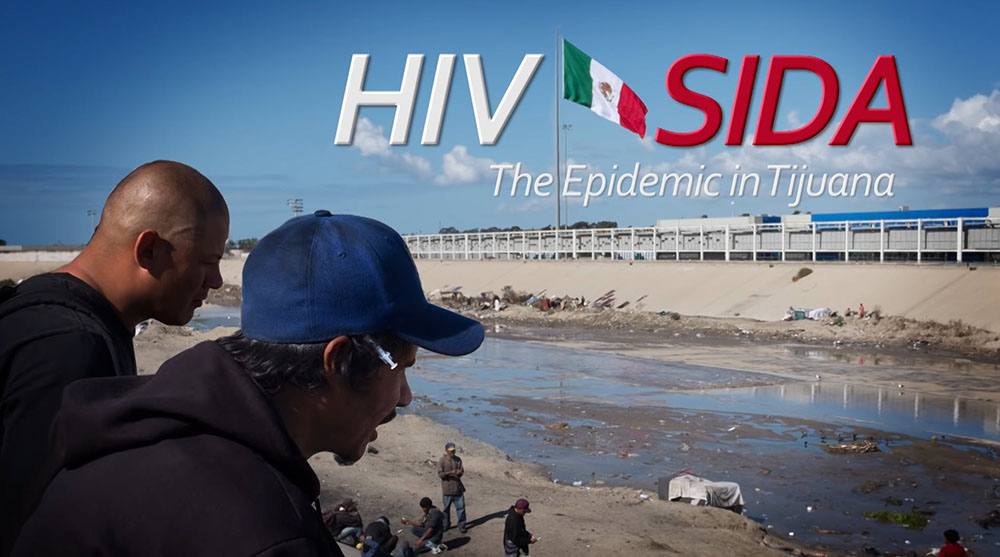
National Institute of Drug Abuse
Drug abuse and addiction have been inextricably linked with HIV/AIDS since the beginning of the epidemic. While intravenous drug use is well known in this regard, less recognized is the role that drug abuse plays more generally in the spread of HIV by increasing the likelihood of high-risk sex with infected partners.
The intoxicating effects of many drugs can alter judgment and inhibition and lead people to engage in impulsive and unsafe behaviors. Also, people who are abusing or addicted to drugs may engage in sexually risky behaviors to obtain drugs or money for drugs. Nearly one-quarter of AIDS cases stem from intravenous drug use, and one in four people living with HIV/AIDS in the period of 2005–2009 reported use of alcohol or drugs to an extent that required treatment.
Drug abuse and addiction can also worsen the progression of HIV and its consequences, especially in the brain. For example, in animal studies, methamphetamine increased the amount of HIV virus present in the brain; and in human studies, HIV caused greater neuronal injury and cognitive impairment in methamphetamine abusers compared to non-drug users.
The Centers for Disease Control and Prevention (CDC) estimates that 1.2 million people are infected with HIV in the United States and that 1 in 5 (20 percent) are unaware that they are infected. In 2010, over 47,000 people were newly diagnosed with HIV, the majority of whom were men. HIV infection is over-represented in the African-American community: African-Americans make up almost one-half of the newly diagnosed cases, followed by Whites and Hispanics.
Effective treatments have dramatically decreased the number of deaths from AIDS since the peak years of the epidemic (1993–1998); however, more than 17,000 people still died from AIDS-related illnesses in 2009. In fact, even among those diagnosed with HIV, a substantial proportion do not receive proper care or remain in treatment (see figure). Additionally, the trend of people living longer with HIV presents new, long-term healthcare challenges for this population.